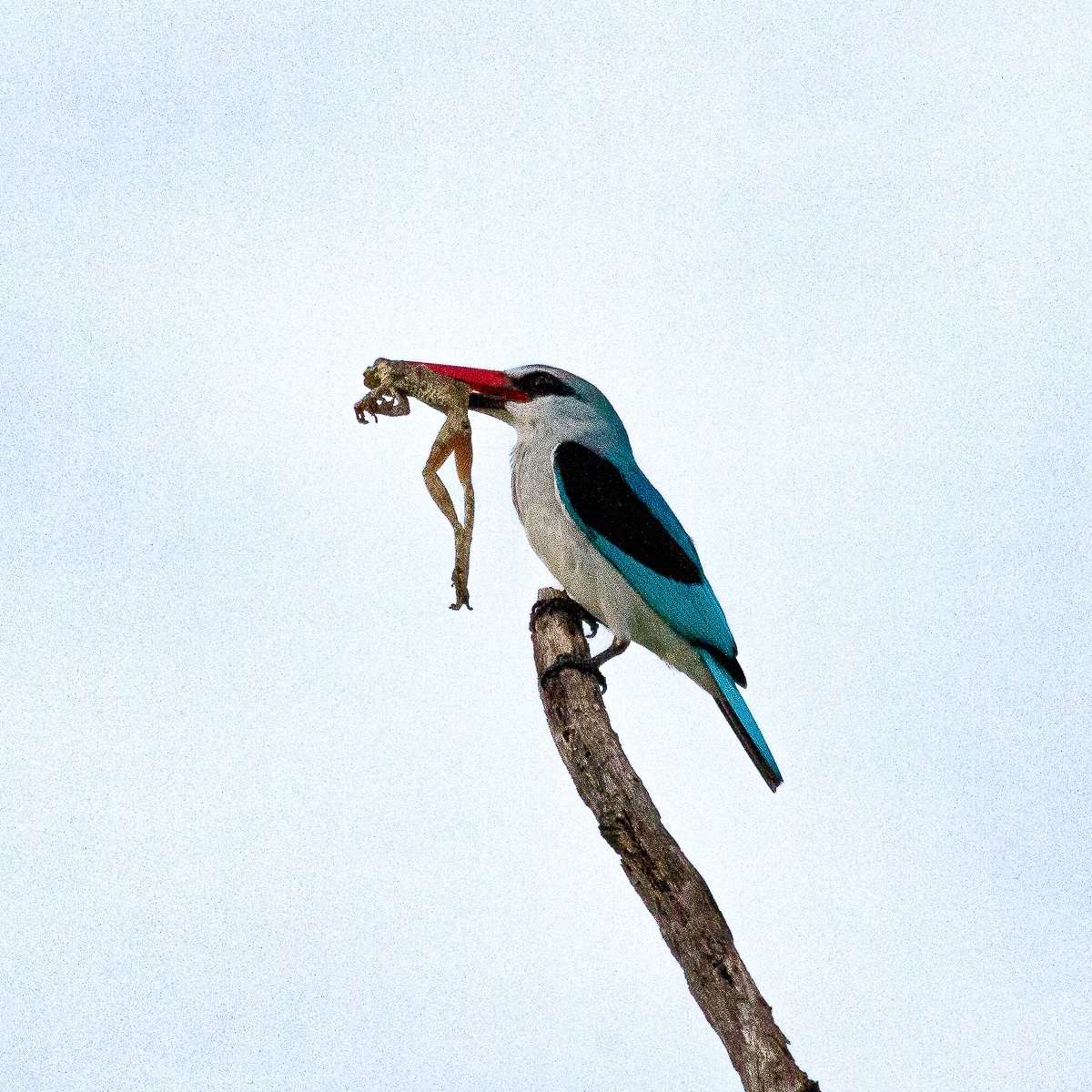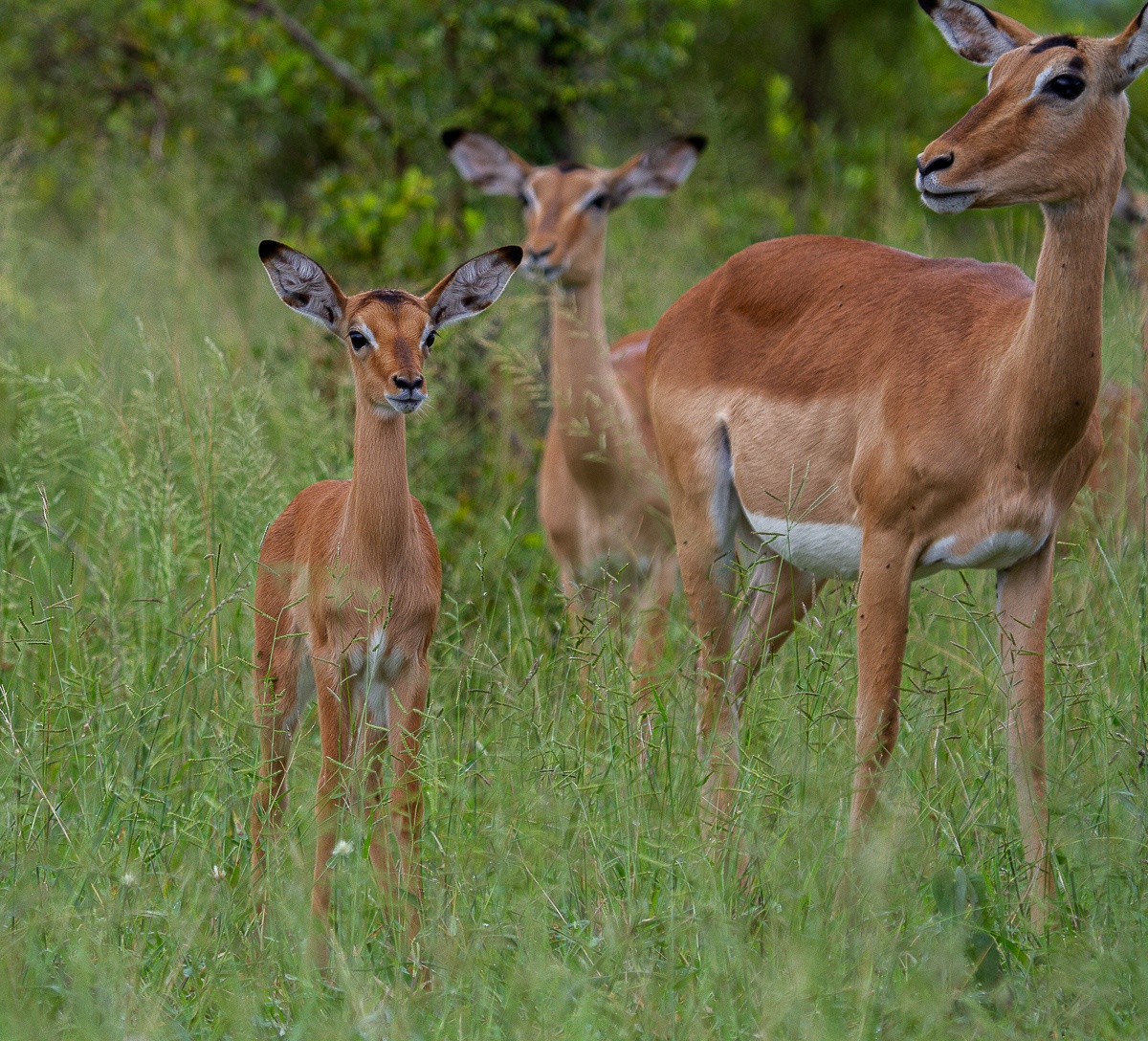How Do Animals Keep Warm?
on Jun 27, 2023We have entered the winter season, and the mornings are crisp and cold. With the early wake-up call, we are quick to have a cup of coffee in our hand to help us wake up and warm us up a little bit. On arrival at the vehicle, everyone shows up with warm jackets, and our trackers have already prepared a lovely hot water bottle and blankets for our guests to help ease the cold. In our vehicles, trackers and guides almost have a whole wardrobe of jackets as we know how quickly the weather can change. As we leave the lodge, the wind chill factor comes in, and we are already thinking of making more coffee. When the day finally starts to warm up, we can’t help but feel like dassies/Rock hyraxes when we sunbathe and warm up during our coffee stop.
Now have you ever wondered how the animals in the bush fight the cold? They have adapted in some fascinating ways without warm blankets and hot water bottles.
First, it is important to know what the difference is between Endotherms and Ectotherms.
Ectotherms
These are generally smaller animals like reptiles and invertebrates. They rely on an external source of energy, for example, the sun, to raise their body temperature to achieve a level that is optimal for their daily activities. During your safari keep a lookout for reptiles like Crocodiles and Monitor Lizards as they love to warm themselves up during morning safari as the day starts to heat up and also later in the afternoon when they are catching that last little bit of sun before nighttime. Don’t be surprised when you return to the lodge after a morning safari, and you find a Rainbow Skink sunbathing outside your suite.

Endotherms
These animals generate heat internally through their metabolism to raise their body temperature to achieve a level that is optimal for their daily activities. These are also generally larger animals like the Big 5, smaller mammals and includes us humans. They will also take advantage of the sun during the early morning and later afternoon, but they are less dependent on it, and it is more important to take in food to assist their metabolism.

While both will practice sunbathing the following are other ways animals use survive the bitter cold.
Migration
This means they are moving from one area to another, and it happens mostly during the change of seasons. They will move from colder areas to warmer areas, and they sometimes travel thousands of kilometers by land, air, or sea to reach their destinations. These movements can also happen because of a lack of food in the area which will affect the metabolism of the animals. Generally, at Sabi Sabi it is mostly the birds, bats and butterflies that migrate.

Adaptation
Some animals change with the seasons, adapting to the temperature and weather conditions. They may grow a thicker coat, or their fur may change colour so they can blend in better with their surroundings. The impalas at Sabi Sabi have a fascinating adaptation called Piloerection. During a cold day you will notice that the fur on the impala will be erected. The reason they do this is because any heat lost through the body will warm the air between the fur and it will act as a thermal blanket. Cats and dogs can also do this to warm up but also to appear bigger when threatened or challenging a rival. Impalas will also lie down as this limits the amount of body heat lost through their skinny legs.

Hibernation/Brumation
What is the difference?
Brumation is known as the hibernation for cold-blooded animals. Ectotherms rely on their environment to regulate their body temperature. Cold temperatures cause reptiles and amphibians to hide underground, in rock crevices and in burrows to stay warm and safe.
Hibernation is a way Endothermic animals conserve energy to survive adverse weather conditions or lack of food. They will find shelter like burrows to hide and undergo physiological changes such as a drop in body temperature and slowed metabolism.
Most animals don’t like the cold so don’t be surprised when they seek shelter in our homes or near human buildings as they just want to escape the cold. Next time when you are on safari, and fully covered with a blanket and warm clothing, think how tenacious these animals are to survive this on a daily basis.
Blog by Dieter Lategan (Little Bush Camp Ranger)







